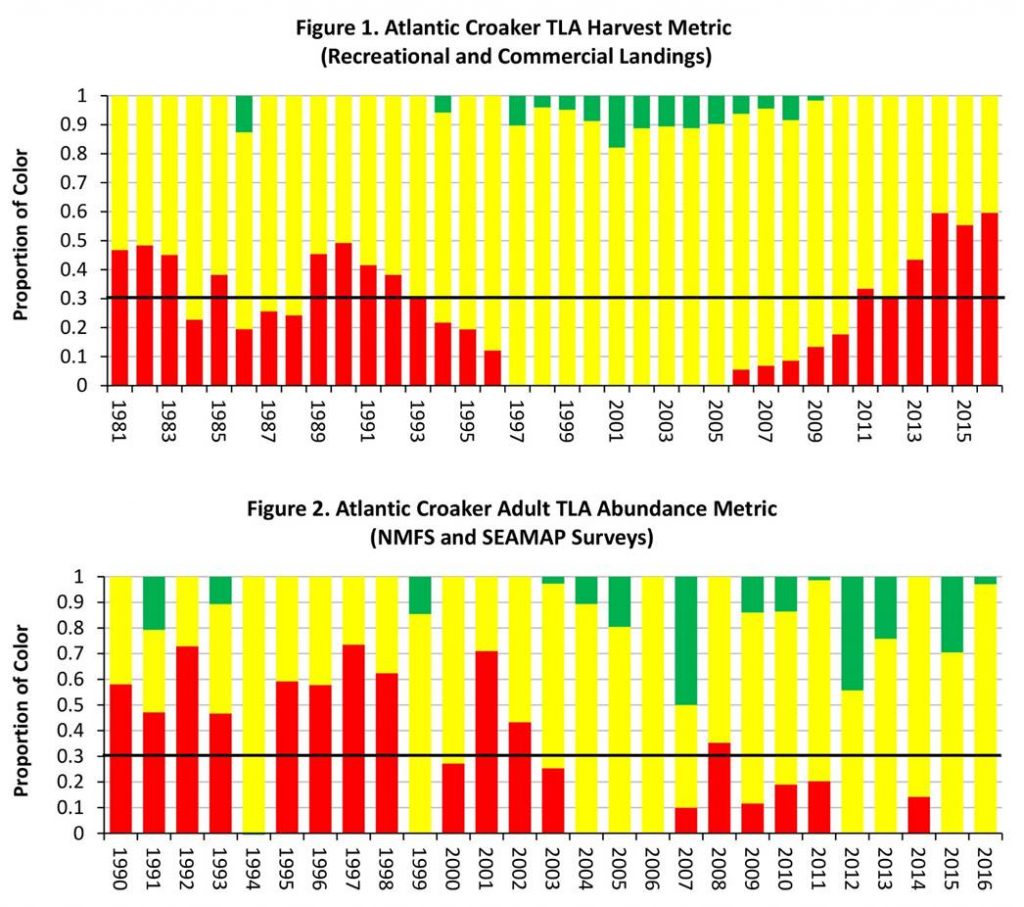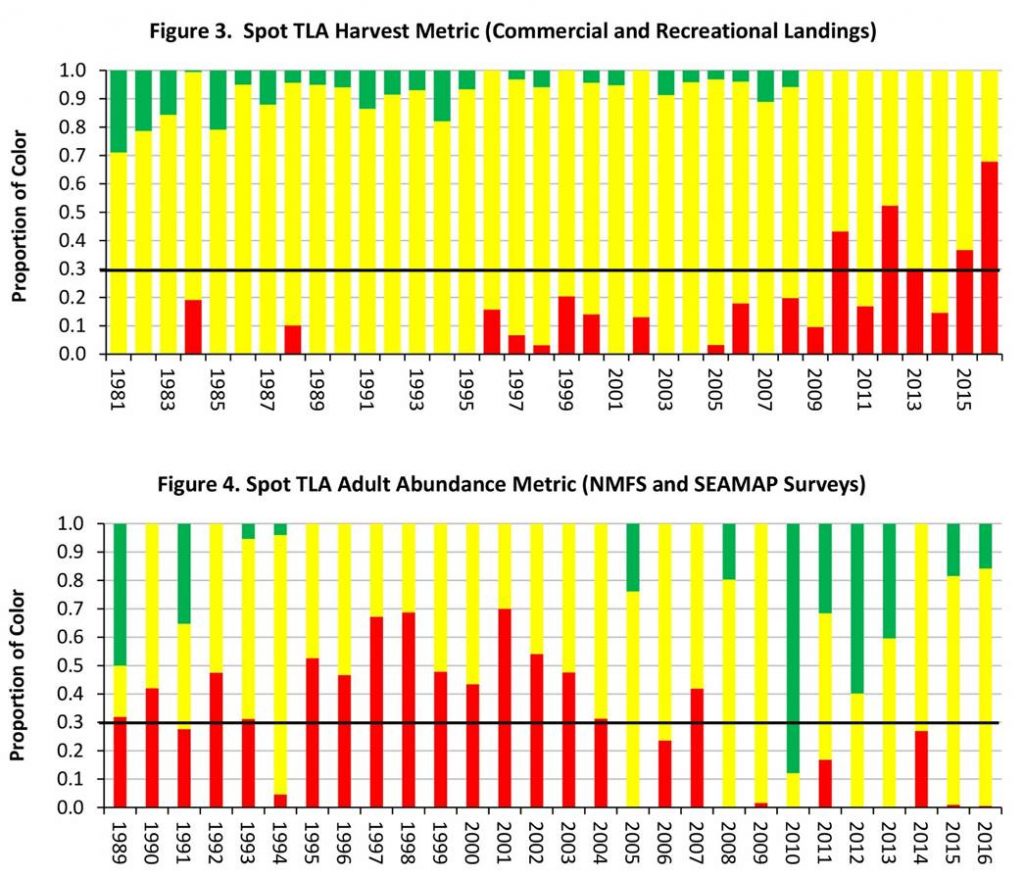April 26, 2021 — The North Carolina Division of Marine Fisheries will make several changes to its Saltwater Fishing Tournament criteria effective May 1.
The tournament, popularly known as the Citation Program, is not a competition but a longstanding certification program that recognizes outstanding saltwater catches. Catches that meet minimum weight or release length requirements, along with other qualifications, are eligible for an 8½-by-11-inch citation (certificate) that is suitable for framing.
Changes to the requirements:
- Atlantic bonito and striped bass will no longer be eligible for citations.
- Atlantic croaker will be eligible for a citation at 1 pound, 8 ounces.
- Black drum will only be eligible for a release citation. The minimum release length will remain 40 inches.
- Gag grouper will be the only species eligible for a grouper citation. The minimum weight will remain 20 pounds.
- Sea mullet will be eligible for a citation at the minimum weight of 2 pounds.
- Sharks will only be eligible for a release citation. The minimum release length will remain 80 inches.
- Gray tilefish a will be eligible for a citation at the minimum weight of 12 pounds.
- Blackfin tuna will be eligible for a citation at the minimum weight of 25 pounds.


